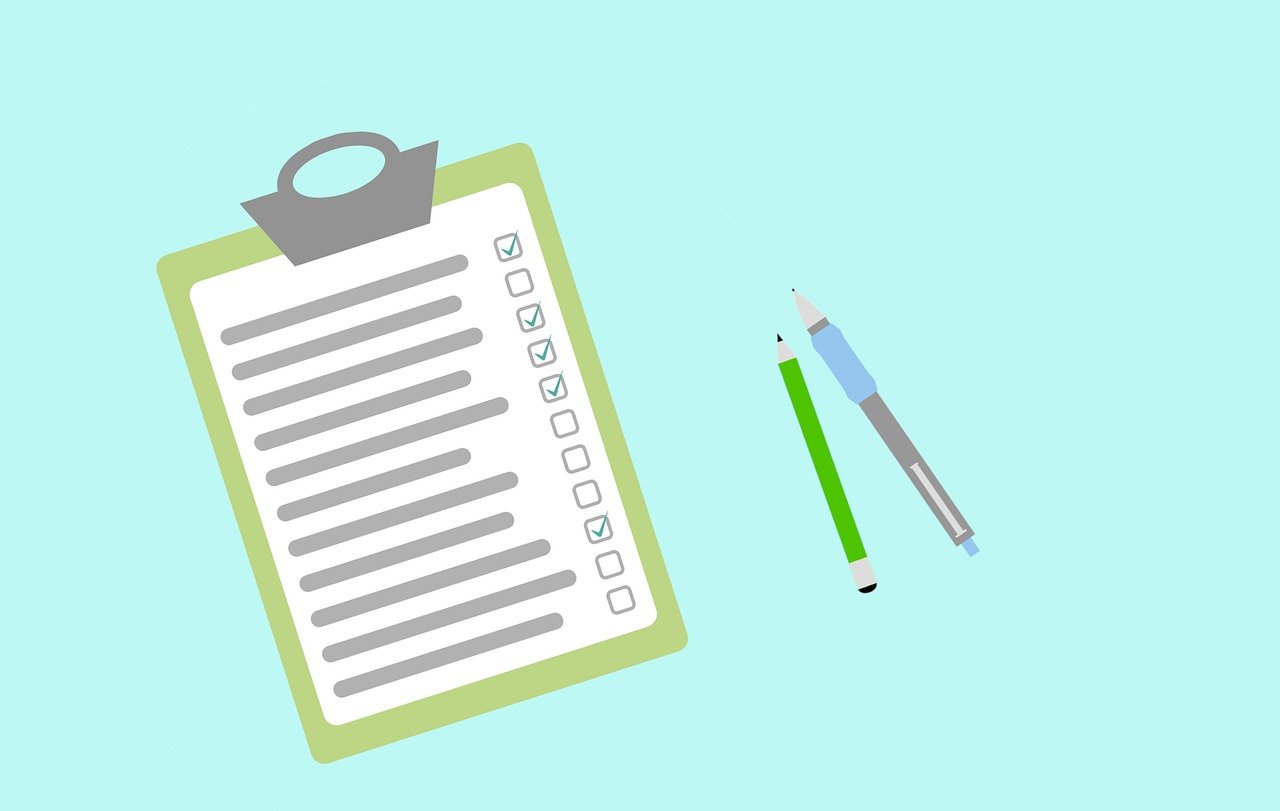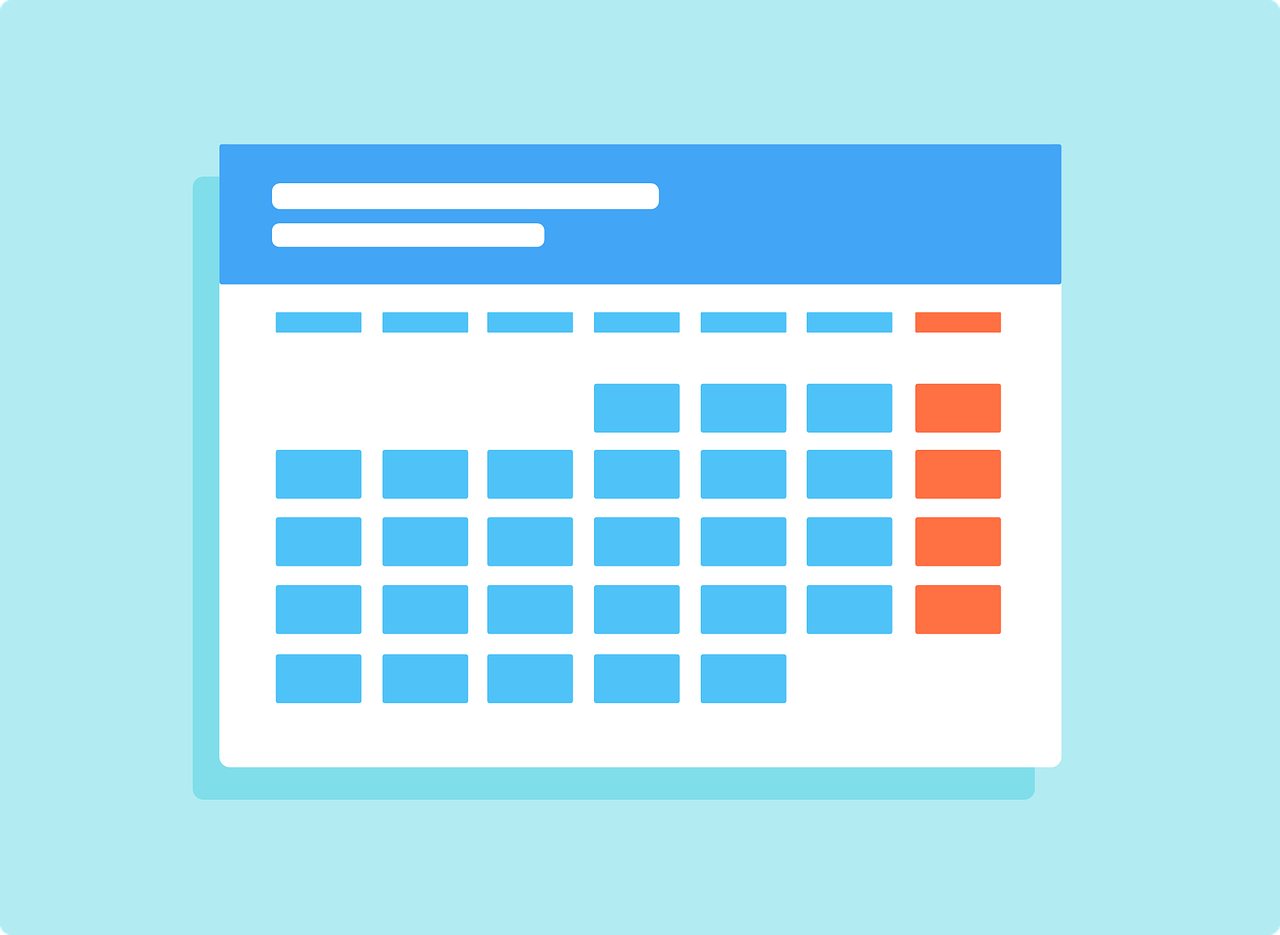✨ Health insurance, now in PayFit - learn more
💷 All the rates & thresholds you need to know for 25/26...right here
✨ The Payroll Journey: Start, Scale & Succeed Globally - learn more
✨ Health insurance, now in PayFit - learn more
💷 All the rates & thresholds you need to know for 25/26...right here
✨ The Payroll Journey: Start, Scale & Succeed Globally - learn more

You’ve finally gotten around to registering your startup and making your first hire — congratulations.
One of the things involved in becoming an employer is keeping up with different details, numbers, and information you need to know. One such number is an Employer Reference Number (ERN).
This guide will show you all you need to know about ERN, like what it’s used for, what it looks like, and other questions you might have.
Let’s begin.
An Employer Reference Number (ERN) is a unique combination of numbers and letters that His Majesty Revenue and Customs (HMRC) and other institutions use to recognise your startup.
HMRC assigns this number to you once you hire your first employee — therefore becoming an employer. For HMRC to assign you an ERN, you need to be running your company under the Pay As You Earn payroll system.
An Employer Reference Number is also known as an employer PAYE reference number, as it appears on HMRC’s website when you want to register as an employer. So whenever you see ERN or employer PAYE reference number, you can rest assured knowing they mean the same thing.
A typical ERN consists of numbers and letters split into two parts.
The first part of an ERN is a 3-digit code representing HMRC’s office number. This number varies depending on where your business is located within the UK.
The second part of an ERN starts with 1-2 alphabets followed by 1-6 digits. This part of the ERN is unique to each business.
The “/” symbol separates both sides of an ERN.
So, here’s what a sample format for an ERN would look like — 123/A12345 or 123/YZ12345.
It’s not enough to only know what an Employer Reference Number is supposed to look like. You must also understand why you need one and what you can use it for.
Here are some of the most common situations or reasons why you need an Employer Reference Number:
Since you’re using the PAYE payroll system, you’re expected to complete and submit an end-of-the-year PAYE tax return. The PAYE return informs HMRC of how much tax and National Insurance contributions employees have paid on their salaries and how much you paid them for the year.
If you make your PAYE return without an ERN or an incorrect one, HMRC will reject it. Also, it might lead to delays with documentation and cost you money in the form of fines.
Another instance where your ERN would come in handy is when employees request it. For example, your employees could require you to provide your ERN if they want to apply for student loans, tax credits, or something else.
Employers are required under the Employers’ Liability (Compulsory Insurance) Act 1969 to take out insurance against their liability of personal injury to their employees.
You’ll need an ERN to buy employers’ liability insurance.
Without an ERN, it would be impossible for the Employers’ Liability Tracing Office (ELTO) to update its database with your insurers over time.
Having an updated record with ELTO is crucial because it’d make it easier to identify companies where a current or past employee worked whenever they have an insurance claim against you.
ELTO makes it easier for employees to access their employers’ liability insurance data for free.
2026 payroll checklist
Soon after making your first hire and becoming an employer, HMRC will send you a welcome pack. Included in the welcome package is your Employer Reference Number (ERN).
Aside from the welcome pack, you can find your ERN on different tax forms like P11Ds, P45s, P60s, and payslips.
While uncommon, a business can have more than one ERN.
You can be assigned a unique ERN for each scheme if you manage different PAYE schemes across multiple locations.
You should manage and keep these different ERNs safe to use the correct one as required.
You don’t need to panic if you ever lose your ERN. While the ERN is an important number, it’s pretty easy to retrieve if you ever lose it.
One of the first places to check is the welcome pack where you originally received your ERN.
You can also find your ERN in the emails you sent or received from HMRC.
Still, another place to check is any old P45, P60, or payslips around you.
If you can’t find your ERN in all these places, it might mean you’ve not registered as an employer. To register, get in touch with HMRC without delay.
Remember when we mentioned that HMRC only assigns ERNs to businesses running a PAYE payroll system? So you wouldn't have an ERN if you’re not running a PAYE payroll system.
Here are some of the conditions that might cause you not to use the PAYE system and therefore be exempted from having an ERN:
If your employees earn less than the Lower Earning Limit — currently at £123.
If your employees work as unpaid volunteers.
If you pay your employee through an agency or as self-employed sub-contractors.
If your business is based or registered outside England, Northern Ireland, or other areas without a tax presence in the United Kingdoms, like the Channel Islands or the Isle of Man.
If you don’t have any employees.
If you operate using the PAYE payroll scheme, your ERN is a crucial number you must always have handy.
With payroll software like PayFit, you wouldn’t need to worry about keeping your ERN safe, as our tool helps you store and automatically populate your tax forms whenever you want to submit them to HMRC.
Book a free demo today to learn more about how to manage your payroll process as a startup with PayFit.


Prepare for the 2026/2027 tax year with our overview of all the key changes in tax, National Living Wage, Statutory Sick Pay, and mandatory benefits payrolling.

Master HMRC RTI submissions with our guide. Learn the difference between FPS & EPS, check deadlines & regulatory updates, & avoid fines & penalties.

Unsure what the HMRC Starter Checklist is? Discover when to use it, how to fill it out, and why it’s crucial for payroll compliance for new hires without a P45.

Ensure compliance with our guide to UK 2026 payroll deadlines. Key dates for RTI, P60s and statutory updates, to keep your business right on track.

Discover how much Premier League footballers pay in tax 2025/26: Haaland's £12m+ tax bill, agent fees, dual representation, and HMRC guidance.

Master your 2025/26 payroll duties. We explain the 15% NIC rise, the £96 registration limit, and mandatory reporting changes for UK businesses.